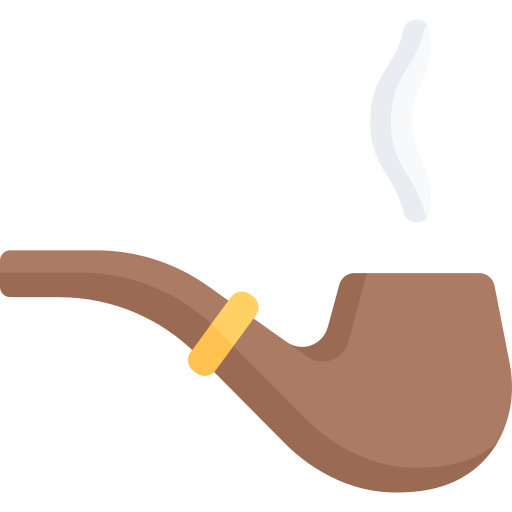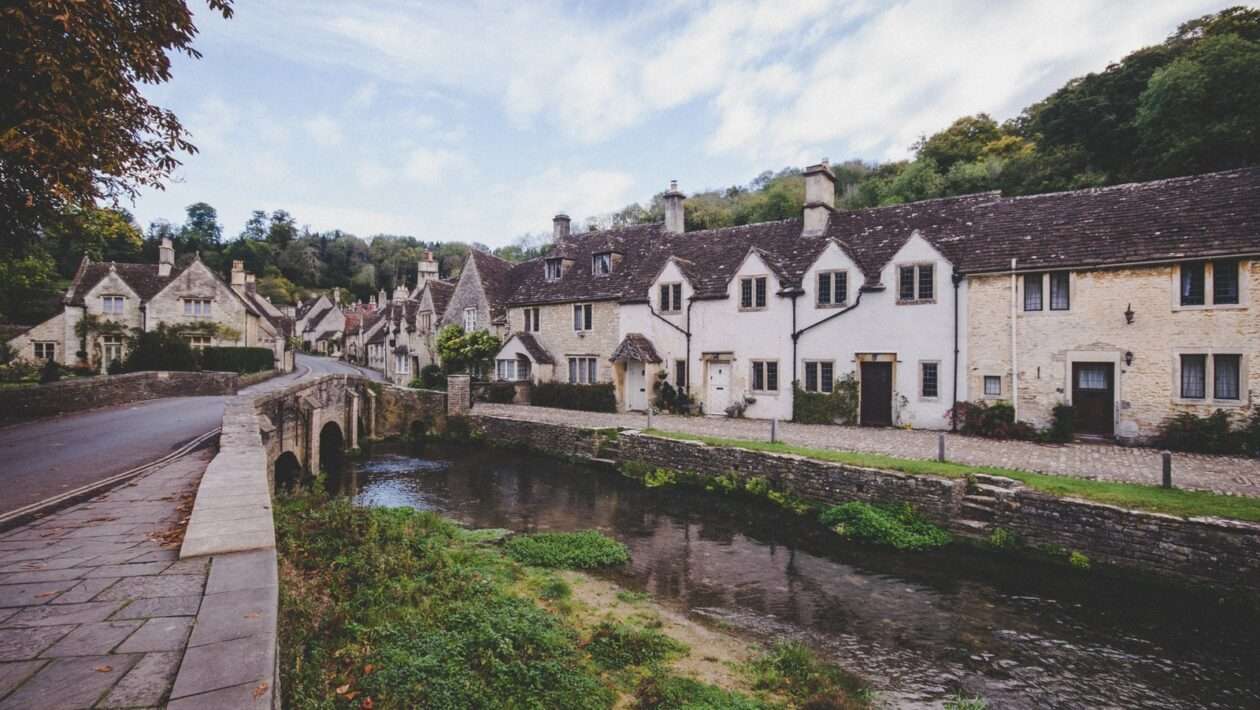The Language of Dress
In the Elizabethan era (1558-1603), clothing was more than just a form of protection; it was a visual language that communicated one’s social status, wealth, and place in society. Elizabethan dress codes were intricate systems of symbolism, reflecting the hierarchy and values of the time.
Royalty and Aristocracy
At the top of the social ladder, the royal family and aristocracy displayed their elevated status through their attire. Elaborate gowns made from luxurious fabrics, adorned with gems, pearls, and intricate embroidery, were unmistakable indicators of their position. These garments often incorporated the royal colors of purple and gold, distinguishing them as members of the elite.
Sumptuary Laws and Class Distinctions
Sumptuary laws regulated what individuals from different social classes could wear. These laws aimed to maintain social order by clearly demarcating the distinctions between classes. The types of fabrics, colors, and embellishments allowed were determined by law, ensuring that individuals could not dress above their station.
Merchant Class and Gentry
Members of the merchant class and gentry were allowed to wear clothing of a certain quality but were restricted from donning the most opulent materials reserved for the nobility. Their attire might still be elegant and well-made, but it wouldn’t rival the extravagance of the upper classes. Clothing choices were critical in signaling one’s place in the social hierarchy.
Professional Attire and Tradesmen
Professionals and tradesmen had specific dress codes that aligned with their occupations. Tailors, blacksmiths, and merchants all had distinctive attire that not only reflected their trade but also adhered to the rules set by the sumptuary laws. Practicality and functionality were essential considerations in their clothing, as their professions often required mobility and ease of movement.
Servants and Livery
Servants were distinguished by their uniforms, known as liveries. These uniforms were designed to clearly identify the household they served and often included specific colors and emblems associated with their employer’s family. Liveries played a crucial role in identifying the social structure within a household and the relationships between different members.
Changing Trends and Influences
Elizabethan dress codes were not fixed; they evolved over time due to changing trends, global influences, and the interplay of fashion and culture. The introduction of new materials from the New World and the influence of other European courts led to shifts in clothing styles and preferences.
The Power of Dress
Elizabethan dress codes underscored the power of clothing as a tool for social communication. Attire was a means of not only displaying one’s status but also conforming to societal norms. The choices individuals made in their clothing spoke volumes about their identities, affiliations, and aspirations.
Legacy and Interpretation
The legacy of Elizabethan dress codes can be seen in the way clothing continues to convey identity and status in contemporary society. The influence of historical fashion on modern design and the symbolic language of clothing persist as reminders of the enduring impact of attire on human expression.
Decoding the Past
Elizabethan dress codes offer a fascinating glimpse into the complex social structure and values of the era. The clothing choices of individuals were not arbitrary; they were deliberate statements that conveyed messages about identity, belonging, and ambition. As we delve into the intricacies of Elizabethan dress codes, we decode the layers of meaning woven into the fabric of history.
Conclusion
Elizabethan dress codes were not merely rules about clothing; they were reflections of a society’s hierarchy, values, and cultural norms. Attire served as a language through which individuals expressed their place in the world and adhered to established conventions. By examining the dress codes of this era, we gain insights into a world where clothing was a potent means of social communication and identity.

